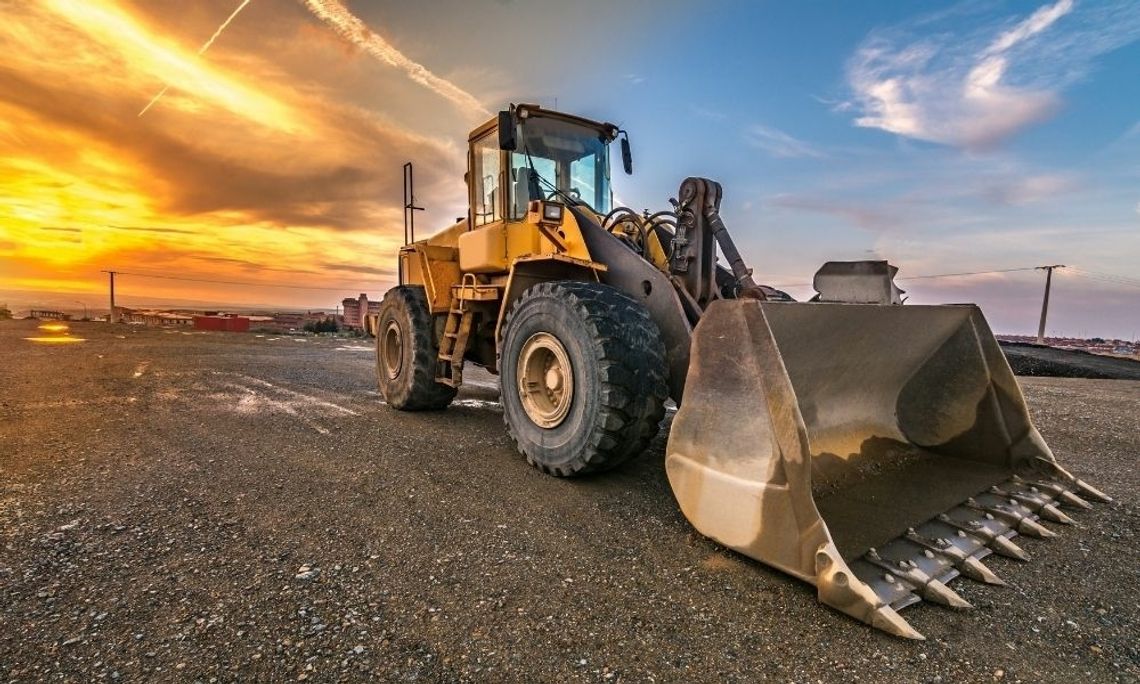Heavy equipment is essential for finishing any construction project. Even so, contact with objects and equipment is dangerous, causing around 700 deaths per year, according to the US Bureau of Labor Statistics. That means finding ways to keep operators safe should be a top priority for companies.
If you’re looking to prevent accidents at your site, then check out these top safety tips for heavy machine operators.
Focus on Communication
One of the most common equipment-based accidents involves a strike from a piece of machinery. This is especially true for machinery that also acts as a vehicle, such as a skid steer or bulldozer. One of the simplest ways to prevent this type of accident is communication.
Communication prevents operators and pedestrians from going unseen by other operators. A few ways to improve communication include:
- Developing a standard system of communicating for your worksite
- At the start of a workday, having everyone discuss where they plan to be on the site and what machines they will be using
- Using two-way radios
- Having a “spotter” who can monitor surroundings while operators use machines
- Using horns and other sound makers to signal movement
Communication can be both verbal and visual. You should also have all workers wear reflective clothing and place signs out to designate walkways. These are great ways to keep heavy machine operators safe.
Be Aware of Load Capacity
A forklift tipping is dangerous for operators and nearby pedestrians. One of the most common causes of forklift tips is operators misunderstanding a forklift’s load limits.
While forklift manufacturers print a forklift’s load capacity on the machine’s data plate, this number can be misleading because it refers to the rated capacity. In other words, it indicates how much a machine can lift at the load center. If you attempt to load this weight higher, you increase the risk of tips. To prevent this, you should offer training on the forklift stability triangle.
Practice Regular Maintenance
A machine going down while an operator is using it can create an increased risk of accidents. Therefore, you should establish a regular, documented maintenance schedule to catch small issues before they become larger ones. Here are a few items to keep on your maintenance checklist:
- Regular inspection
- Examining fluid levels
- Checking the tire or tread for tracks
- Looking for leaks, especially in rubber hoses
- Replacing batteries when they become corroded
Be aware that maintenance itself can also pose dangers to operators, such as the risk of hydraulic fluid injection when checking for leaks. With proper training on how to perform maintenance correctly, you can keep your machines running and your operators safe.


Comment
Comments